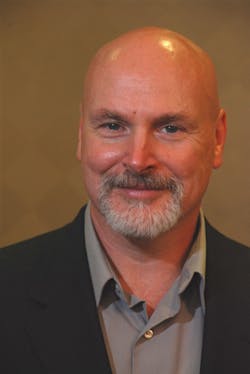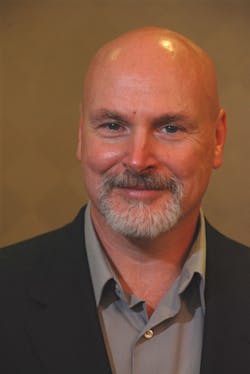Team EHR: Electronic health records and the dentist
April 10, 2013
By Mike Uretz
Editor's Note: This is the third installment in the series on electronic dental records with expert Mike Uretz, editor-in-chief of DentalSoftwareAdvisor.com. See the previous article here.
In last month's column in the series on the team approach to electronic health records, or electronic dental records, we focused on the hygienist’s role in the selection and use of EHRs. Today I'd like to focus on how dentists will utilize new generation EHRs and how these features play into the selection process. As with any new type of software, it is critical to look at how existing problems are solved. What I've heard from dentists consistently regarding present practice management and dental charting systems is that they don't necessarily bring together all the information they need to do their work or make suggestions as to best practices for treatment of their patients. In addition, dentists have said that it is frustrating to hop from software to software to get everything they need. For example, going from charting software to imaging software and back.
Understanding and identifying your present software’s limitations, in terms of helping you do your job, will also help when evaluating next-generation dental software.
A dentist’s EHR features wish list
Having conversations with numerous dentists that understand the capabilities of how EHR can best utilize EHR features and functionality, and recognizing that dental EHR will evolve over time, I'd like to propose some basic features, not exhaustive by any means, that a dentist may want to request and evaluate for themselves:
- A “digital dashboard,” where all the important clinical information on a patient is aggregated on one screen in a summary form. The format of this screen would be customizable.
- Having the ability to input information into the progress notes in a structured way, instead of just entering free text. This is sometimes referred to as “point and click.” With structured data, a dentist can more easily categorize and display critical information, as well as search and report on the information they need.
- The ability to isolate and send those portions of the chart that are pertinent to the consulting specialist. Too many times the chart can be full of information which is not necessarily relevant to the specialist’s needs for treatment.
- The integration of imaging within the patient chart so that dentists are not bounced around between one system and another in order to accommodate charting and reviewing images simultaneously.
- The inclusion of evidence-based treatment protocols and planning recommendations that are updated real-time. No matter how recent a dentist is in their knowledge of most recent treatments and protocols, it is extremely difficult to keep up with all the research and knowledge that is being published every day.
- The ability to show patient education materials to patients in real time, based on diagnoses, and engage in a conversation regarding proposed treatment.
All of the above features are intended to not only make a dentist’s life less complicated and provide better patient care, but the actual patient encounter should become more efficient over time as the dentist incorporates EHR into their daily workflow. As I pointed out before in other columns, the vendor salesperson might not necessarily show you all the features that you, as a dentist, would deem important or critical to your work. Many times this is because there are just way too many features to demonstrate, and sometimes the ones that could be most important to you get lost in the shuffle.
So, as a dentist the onus is on you to think about your examinations, workflows, and procedures. Perhaps use the listed features above as a guide, and engage your salesperson in a features and functionality conversation that is relevant to your needs – and not the needs of the salesperson.
A Dentist’s Role in Implementation
Let’s say you’ve followed the strategy above, put the time and effort into evaluating EHR features that suit your needs, and the practice has pulled the trigger and purchased an EHR system. Now you can go back to just treating patients and not have to deal with all this techie stuff, right? Wrong!
Too many implementations fail because the providers are not engaged in the project. There is this assumption that once purchased, the vendors will just go ahead and install and implement the system on their own or with minimum involvement from the practice. This is a recipe for disaster.
Dentists are integral to the success of the implementation, as decisions need to be made all along the way. A good EHR will incorporate a lot of flexibility and customization in how features are set up. However, along with this comes the responsibility of the dentist to make the time to be part of that customization and set up. This is time well spent, especially when it comes to making decisions about how a dentist wants their clinical documentation features to work.
Summary
Dentists have a number of challenges with present practice management software when it comes to efficient management of workflow, clinical documentation, and treatments. Electronic health records and the sophisticated features they offer can help solve some of those challenges. But, unless a dentist stops for a minute to think about all the steps they have in their workflow and patient care, and understands how the various EHR features can support these steps, then they might wind up with a clinical system that doesn't meet their expectations or needs.
Other Team EHR columns:
Team EHR: A team approach to electronic dental records
Team EHR: In EHR, the "H" may as well stand for hygienist

